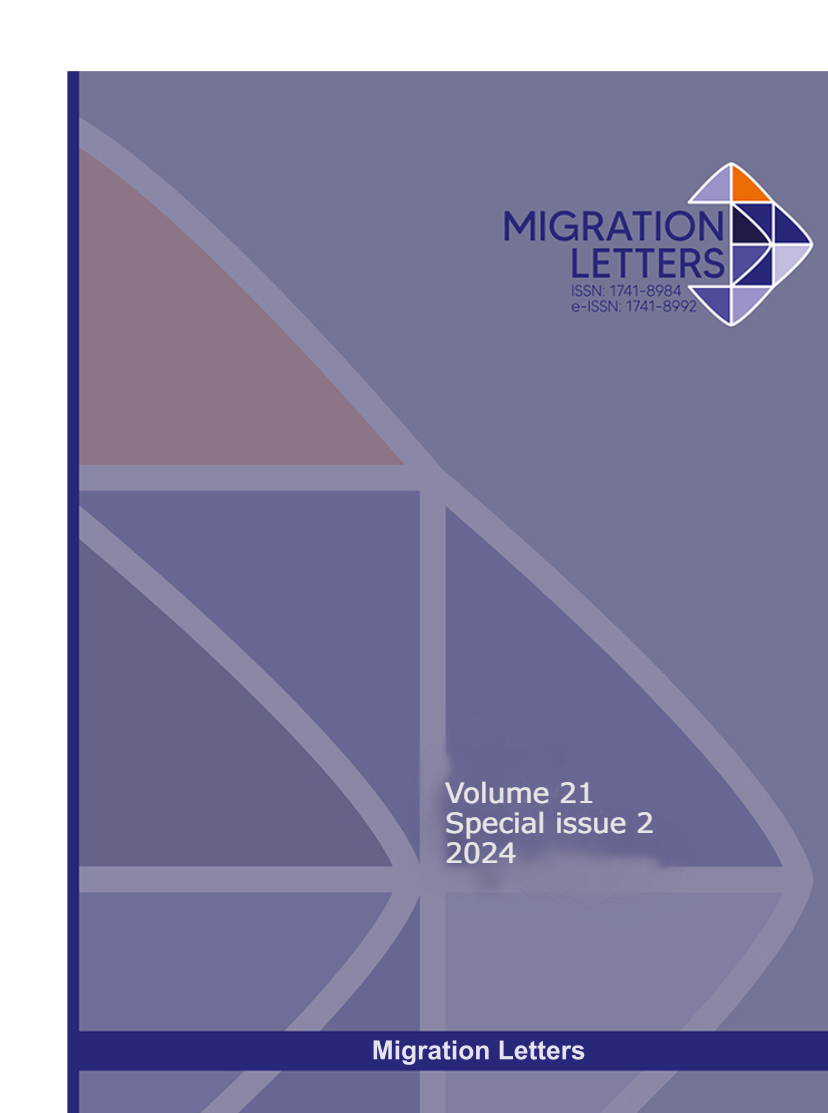Needle Stick Injury: A Record Analysis
Abstract
Introduction: Needle stick injury (NSI) poses a serious occupational health hazard for healthcare professionals and students. A high risk of getting infected from three blood-borne viruses, Human immunodeficiency virus (HIV), hepatitis B virus (HBV), and hepatitis C virus (HCV) exists although more than 20 pathogenic organisms may be transmitted through blood.
Methodology: The present study is a retrospective survey designed through record analysis to estimate the prevalence of NSI over one year from January to December 2022. The data were extracted from the Redcap software with formal ethical permission using a validated questionnaire. All the available 145 records about NSI were scrutinized (total enumeration sampling).
Results: NSI was higher among females (103, 71%). The incidence was highest among the category of nursing students (37, 25.5%), followed by nurses (36, 24.8%) and doctors (19, 13.1%). Injuries were self-reported by 89.7% (n=130). Most of the cases (140, 96.6%) were percutaneous exposure; the maximum number (42, 29%) was from the medical ward followed by ICUs (26, 17.9%) and surgical wards (14, 9.7%). The source of exposure at the time of occurrence of NSI was known only in 47% of the exposures and about the rest, data was not available in the record. Regarding the type of fluid or material of exposure, blood, and blood products they contributed the maximum (133, 91.7%). The most frequent site of exposure was hand/finger (131, 90.3%). The injury was superficial in 55.9% (n=81) of the cases and deep in 2.1%. The most common device that caused the injury was a hollow bore needle (116, 80%), followed by other sharp objects (11, 7.6%) and a suture needle (10, 6.9%). Procedures like suturing/cutting, obtaining blood specimens, and IV access together contributed to 76.8% of the NSIs. Protective barriers were not used by the HCWs/students in 38 (26.2%) of the cases.
Conclusion: In light of the present study, it is evident that NSIs pose a serious risk to the health and safety of nursing students, nurses, and doctors. Preventive measures such as awareness sessions and adherence to protocols are crucial in minimizing these incidents. The study also highlights the need for refining the system of documentation that includes the interventions done in each case as soon as the NSI occurred.
Published
How to Cite
Issue
Section
License

This work is licensed under a Creative Commons Attribution-NonCommercial-NoDerivatives 4.0 International License.
CC Attribution-NonCommercial-NoDerivatives 4.0






